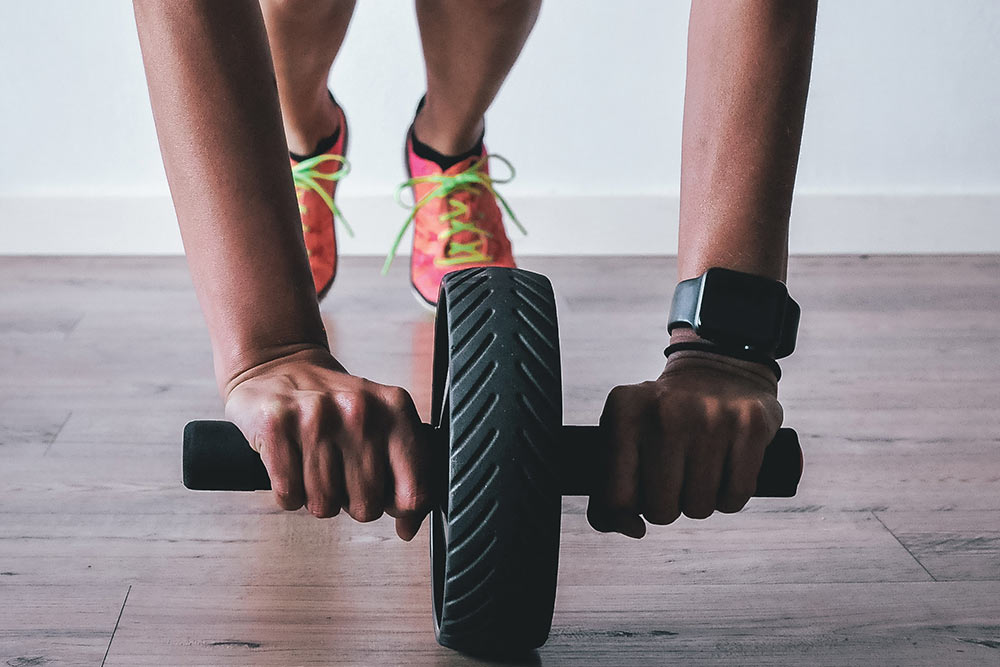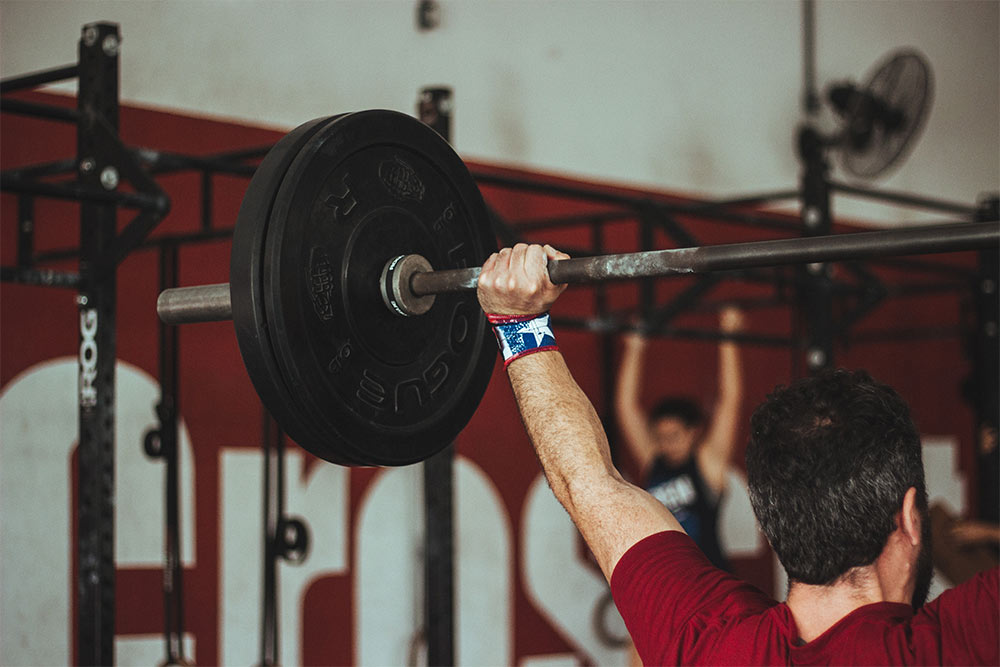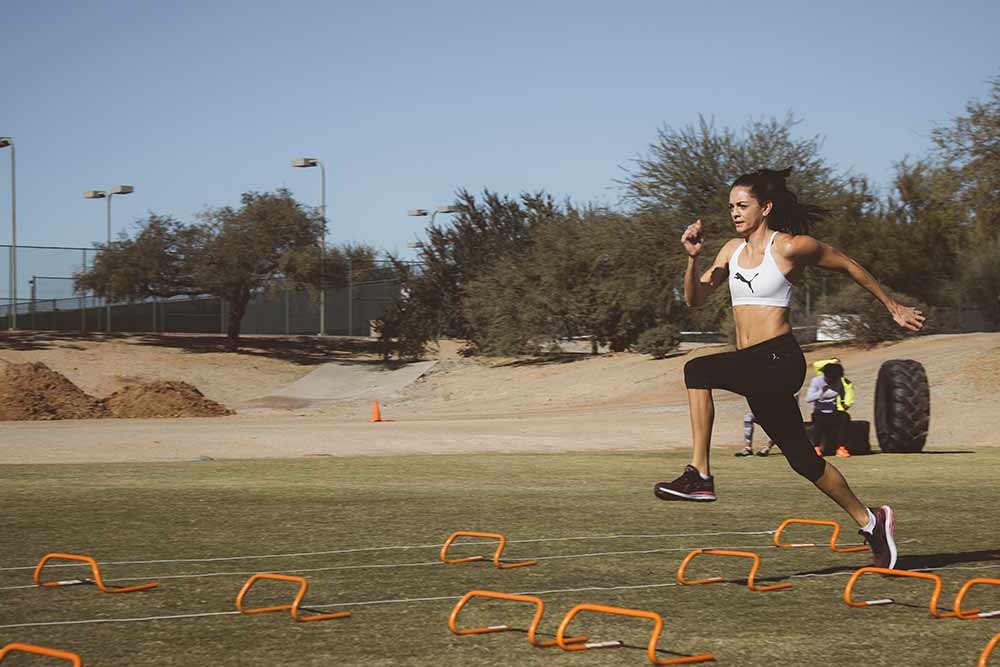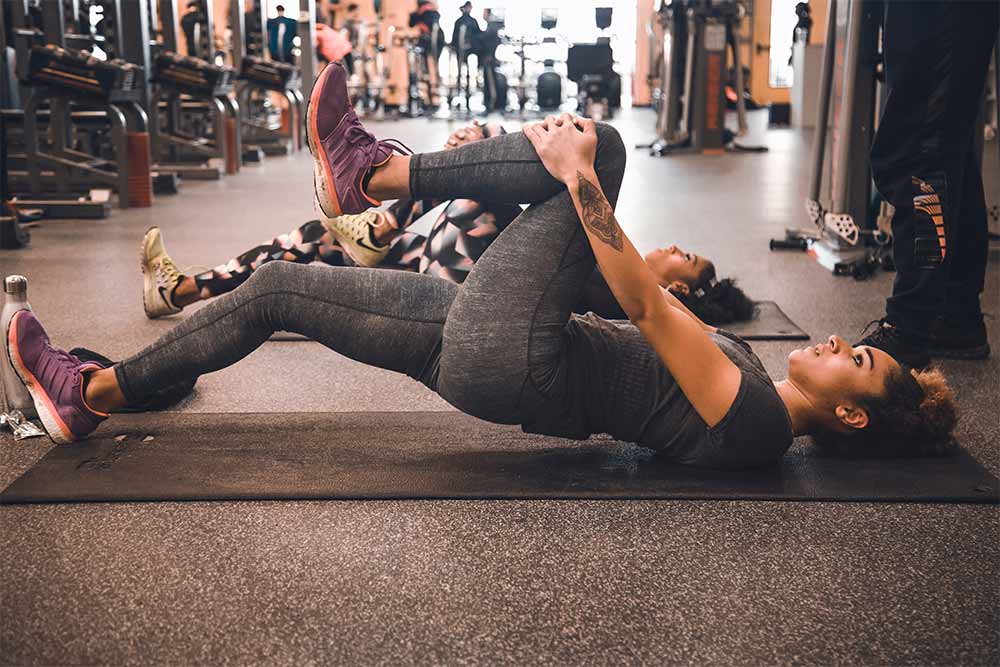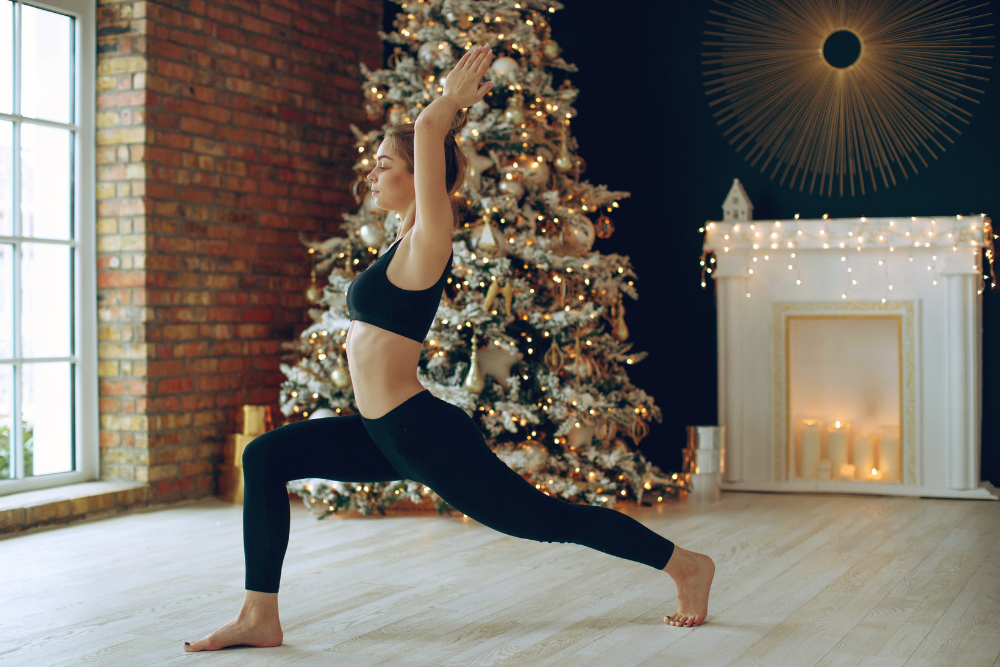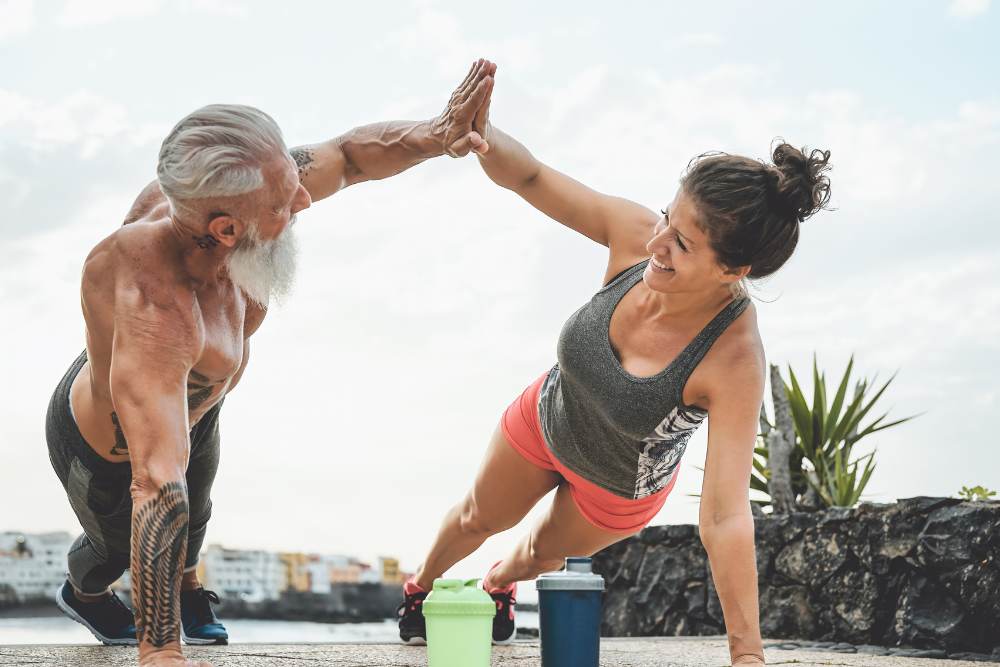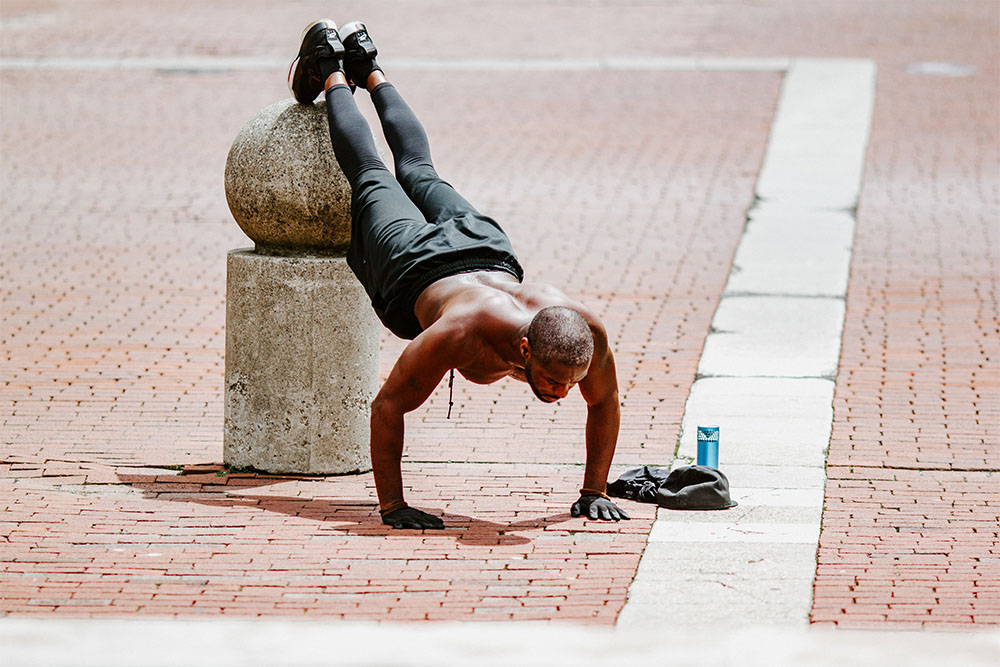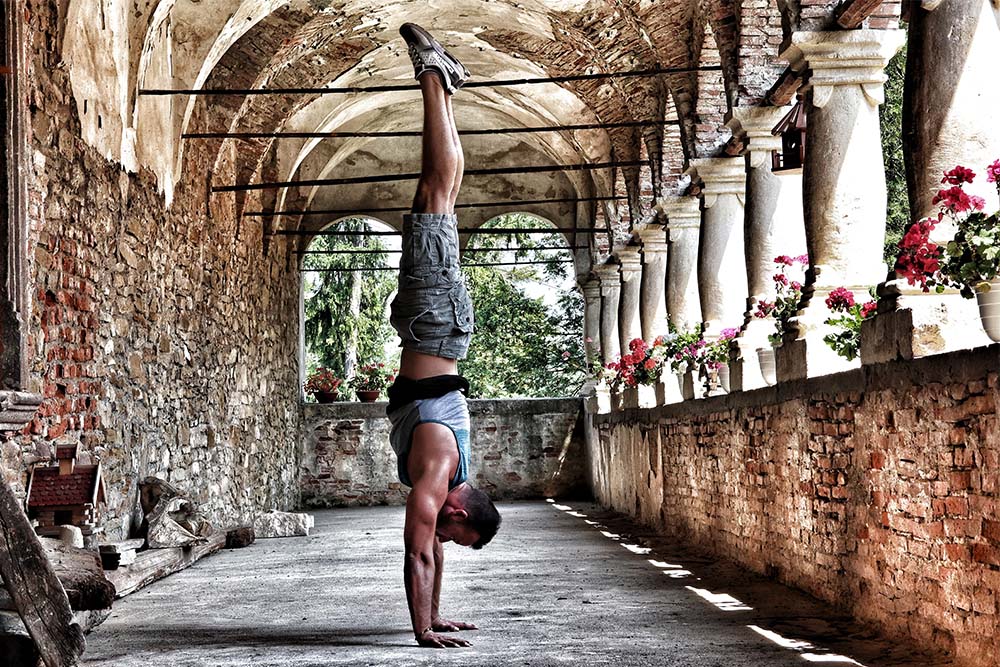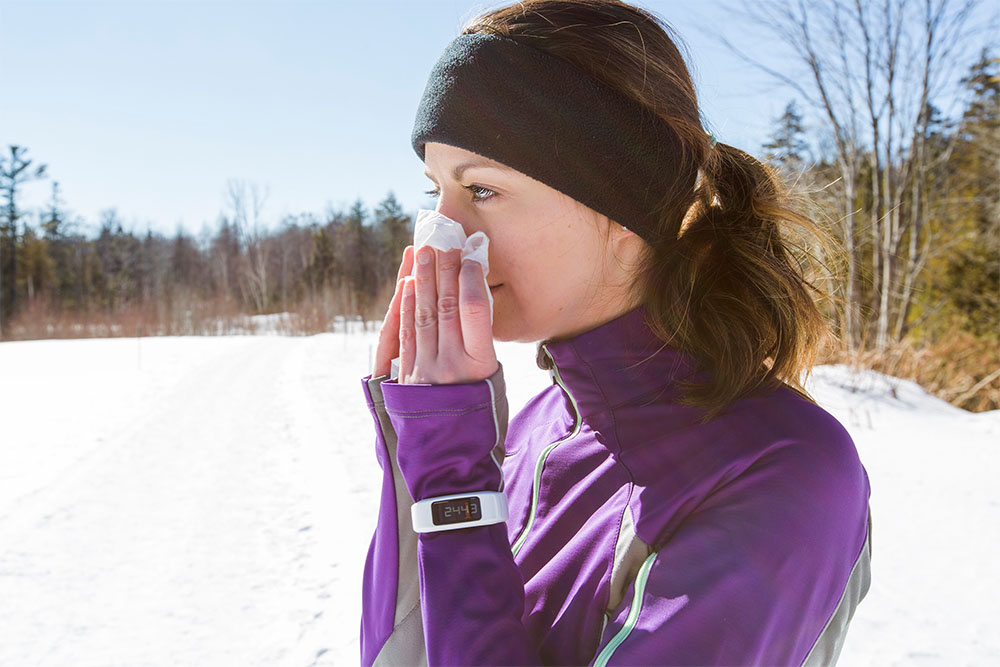Don’t Resist Resistance Training
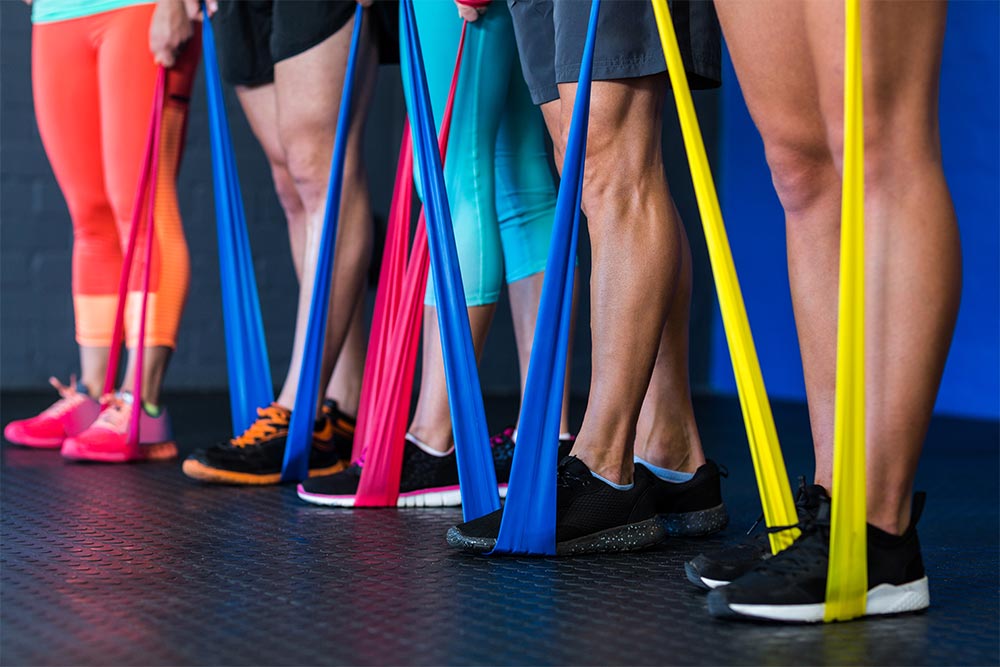
Alyssa Bialowas
Introduction
The strength and thickness ratio of shoulder stabilizing muscles is essential to support the frequent movement and competitive athletic advantage. Due to the dexterity of the shoulder joint itself, the musculature of the shoulder is complex, making it very vulnerable to injury. Muscle balance of the shoulder requires that the antagonist and agonist muscles around the joint have reciprocal and balanced strength. Resistance exercise is the most effective exercise for strengthening the shoulder stabilizing muscles, targeting the prime movers of the shoulder complex, the upper trapezius, pectoralis major, and middle deltoid. Scapular stabilizing muscles play a major role in motion and dynamic stability of the shoulder joint.
Related Article: Resistance Training For Parkinson’s Disease
Resistance training is the most common and most effective exercise for strengthening the shoulder, and researchers have asserted that oscillation exercises may also be beneficial. Biomechanical oscillation is a training method that employs low amplitude and low-frequency stimulation to exercise musculoskeletal structures to improve muscle strength and flexibility. A research team out of Seoul set out to determine if the combination of these two exercises have a greater effect on the strength and thickness ratio of shoulder stabilizing muscles.
The Study
 Thirty healthy participants volunteered for this study, all of who had no history of shoulder surgery or injury, and no history or participating in a formal upper body or shoulder exercise program within the last 6 months. Participants’ shoulder muscle strength was determined by testing flexion, extension, abduction/adduction, internal/external rotation and protraction. The maximal voluntary isometric contraction of the shoulder muscle was indicated. Researchers determined participants’ shoulder prime mover and stabilizing muscle thickness ratio at rest and following exercise.
Thirty healthy participants volunteered for this study, all of who had no history of shoulder surgery or injury, and no history or participating in a formal upper body or shoulder exercise program within the last 6 months. Participants’ shoulder muscle strength was determined by testing flexion, extension, abduction/adduction, internal/external rotation and protraction. The maximal voluntary isometric contraction of the shoulder muscle was indicated. Researchers determined participants’ shoulder prime mover and stabilizing muscle thickness ratio at rest and following exercise.
Related Article: Can Resistance Training Build Brain and Brawn?
After initial measurements were taken, participants were randomly assigned to the elastic band exercise group (EBG), or the elastic band plus double oscillation exercise group (EB-DOG). Participants in the EBG group performed the strengthening exercise using the band for 30 minutes per session, five times a week for four weeks, each session consisting of both dynamic and isometric sets of shoulder exercises. Participants in the EB-DOG group performed resistance exercises for 15 minutes and double oscillation exercises for 15 minutes, five times a week for four weeks.
The Results
Following four weeks of training, statistically significant improvements were found in the EB-DOG as well as EBG group in their flexion, extension, abduction, adduction, external and internal rotation, and protraction. No significant differences were found between the two groups in shoulder muscle strength, however, significant differences were found in the thickness ratio of scapular stabilizing muscles (the lower trapezius and serratus anterior) in the EB-DOG group compared to the EBG group.
Takeaway
Combining a mix of resistance and oscillation exercises produces enhanced structural changes to the muscles that stabilize the shoulder. When creating an exercise program for the upper body, the inclusion of oscillation exercises will enhance the strength and thickness of scapular stabilizing muscles, which work to support shoulder stabilizing muscles.
You Might Like:
How Core Strength Effects Athletic Performance
Alyssa Bialowas What is Core Strength? Your core is a complex series of muscles that extend far beyond your abs and is incorporated in almost every movement of the human body. Strong core muscles act...Weight Training Techniques: The Benefits of Unilateral Training
Alyssa Bialowas Unilateral exercises are single-leg or single-arm movements. The primary benefit of including unilateral exercises in your training programs is that the exerciser is using both sides of the body equally. Unilateral training results...How to Improve Your Aerobic Capacity – Tips & Tricks
Alyssa Bialowas Cardiovascular exercise improves the ability to both move oxygen and nutrients to working muscles and to remove metabolic waste, which allows muscles to continue to perform a particular activity. Your fitness level depends...Exercising in the Heat
Alyssa Bialowas As temperatures continue to soar in the summer, it’s important to be cognizant of the effect that exercising in the heat has on your body. Intense exercise and a failure to modify the...The Best Glute Exercises: How to fire your glutes!
Alyssa Bialowas About Your Glutes – The gluteus maximus is located in the buttocks and is connected to the coccyx/tailbone. This muscle is responsible for the movement of the hip and thigh, and also serves...What Are Probiotics and Prebiotics?
Alyssa Bialowas In response to the current cultural nutrition trend surrounding probiotics and supplements, pharmacies and health food stores are stocking increased amounts of probiotic supplements. Is this just the latest health and nutrition trend...References:
Cho, J., Kim, M., Lee, K., Lee, W., & Hahn, J. (2018). “The Effects of Double Oscillation Exercise Combined with Elastic Band Exercise on Scapular Stabilizing Muscle Strength and Thickness in Healthy Young Individuals.” Journal of Sports Science and Medicine, 17, 7-16.

